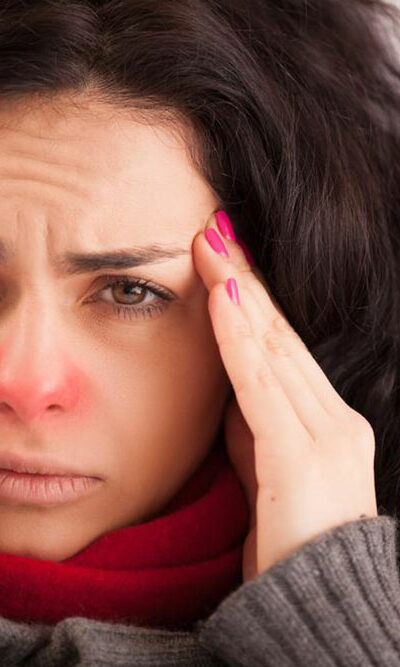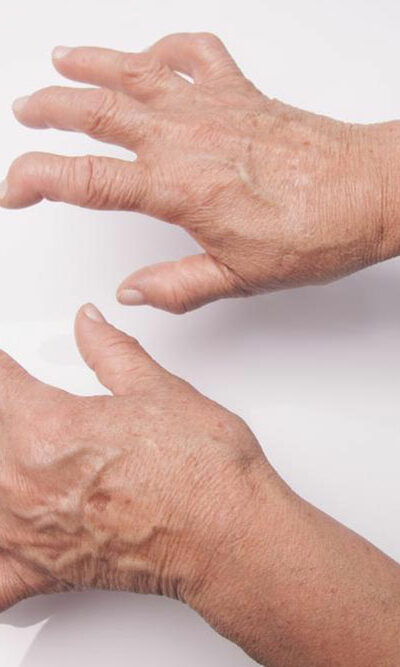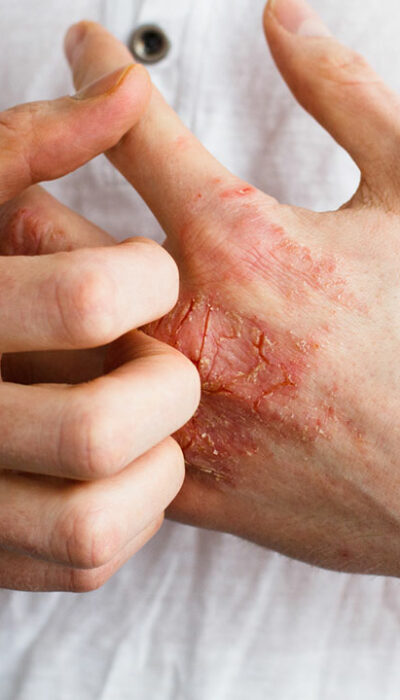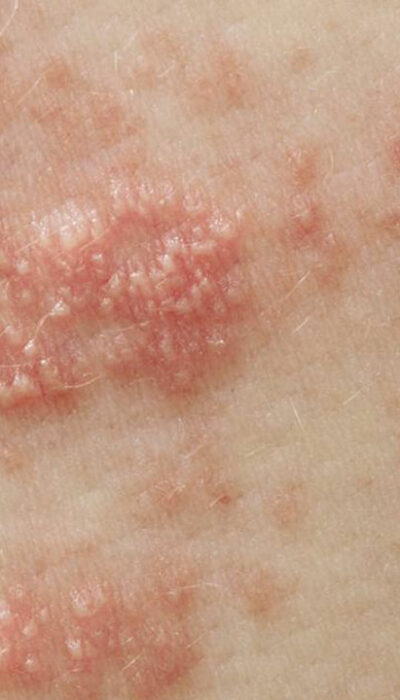
All You Need to Know About Shoulder Muscle Pain
The shoulder is the most flexible joint in your body consisting of three bones namely humerus (upper arm), scapula (shoulder blade), and clavicle (collarbone). The top of the humerus is ball-shaped, and it fits into a shallow socket present in the scapula. The ligaments in the shoulder help to keep the ball centered in the socket while the rotator cuff muscles allow you to rotate and lift the arm. If this part of your body gets injured, then you can experience pain in the shoulder muscles. Causes of shoulder muscle pain Shoulder pain, also known as deltoid pain, is a common problem that people face due to a variety of reasons. To understand the source of this pain, we are going to discuss the issues associated with different parts of the shoulder. Rotator cuff problem (outside the shoulder region) Altogether, there are four rotator cuff muscles present in the shoulder region that allow individuals to move the shoulder. These muscles are not involved while lifting heavy objects. The three causes of pain in the shoulder muscles associated with the rotator cuff are tendonitis, bursitis, and rotator cuff tear. While bursitis and tendonitis refer to an inflammation of the bursa and tendons, a rotator cuff tear generally occurs when the tendons get separated from the bone due to an injury. Rotator cuff injuries are associated with symptoms that tend to become worse at night. It also leads to a painful sensation during physical activities such as reaching or throwing. Patients with a rotator cuff tear tend to suffer from loss of sleep because of the pain in the shoulder muscles. Sometimes, your muscles may feel stiff due to the injury or inflammation caused by a rotator cuff tear or tendonitis. Bicep tendonitis (Front of the shoulder region) Patients with this condition usually develop gradual pain at the front of the shoulder.










